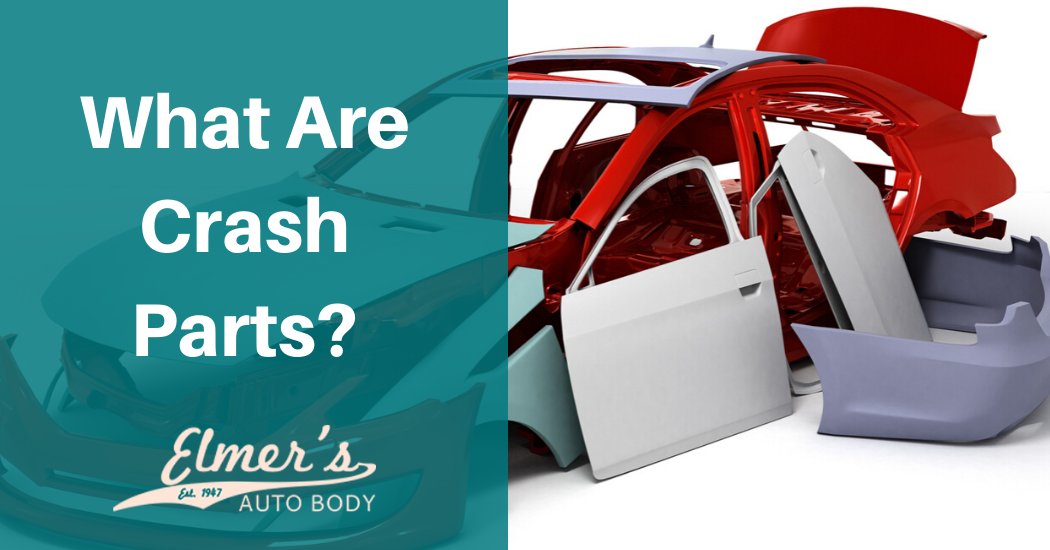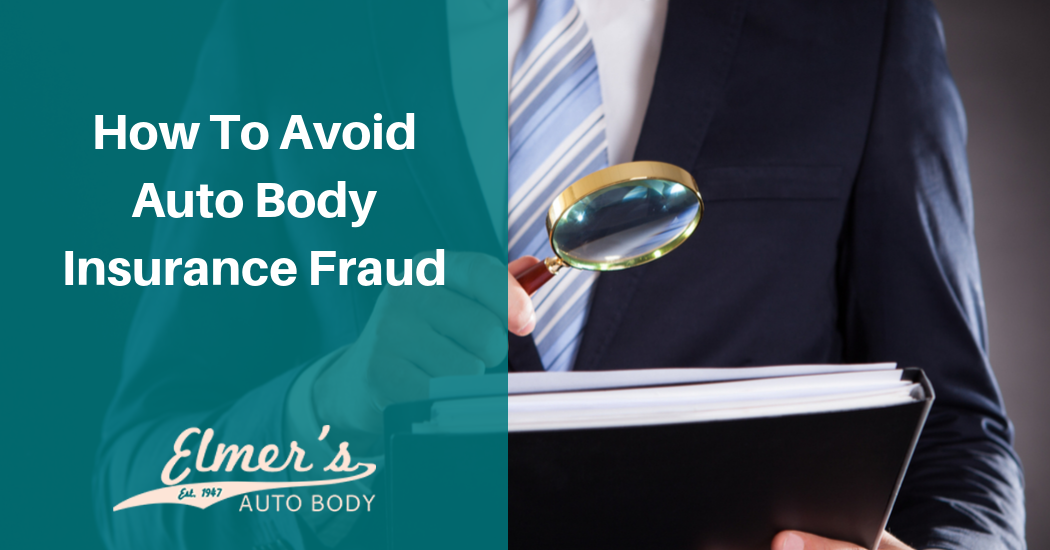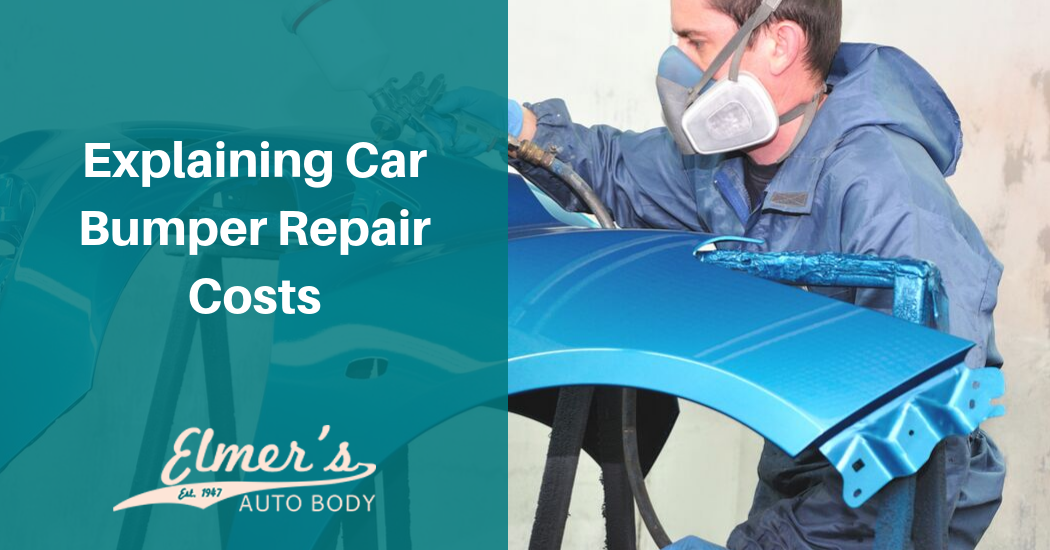Collision repair is one of those things that has to be left in the hands of those who know what they are doing. If you trust your collision repair to someone who isn’t properly trained, your decision will likely result in a lot of wasted money. Once you pay the mechanic, the deal is done, and you’re stuck with whatever he has (or hasn’t) done.
Are you tired of dealing with these kinds of mechanics? Are you sick of shelling out good money for repairs, only to be forced back to the shop by the need for more repairs? Well, if that’s the case, you’ve probably been going to the wrong mechanic.
Why It’s Important To Choose A Certified Collision Center
The auto business has changed a lot in the last few decades. Before the 1980s, most cars were built in a very similar fashion. If you have ever peered under the hood of an older vehicle, you have probably noticed a simplicity that modern cars usually lack. Back then, a mechanic didn’t need a whole bunch of different certifications to work on someone’s vehicle.
Of course, times change. These days, cars are becoming more like computers, with all the complexity that you would expect from such. And even now, the auto companies are still trying to one-up each other with various technology and gimmicks, each one racing toward a nonexistent finish line. That is why you need to make sure to choose a certified mechanic when it’s time for collision work.
Without proper training from the manufacturer, a mechanic will probably not know all the important points that are necessary in order to do a good job. To ensure that you get someone with the knowledge to do things right, always make sure that you ask to see an I-CAR certification.
Another obvious benefit of using a certified mechanic comes from your car’s warranty. Most auto manufacturers will guarantee work done on a car of their brand. However, they will only cover those repairs that are done by a licensed and certified professional. There is a very logical reason behind this: The company doesn’t want to pay for anyone else’s mistakes.
What Is An I-CAR Certification?
I-CAR stands for Inter-Industry Conference on Auto Collision Repair. It’s basically a trade organization that works hand-in-hand with many of the world’s biggest auto manufacturers. The I-CAR certification program was created to deal with rampant fraud in an industry that doesn’t always have the best safeguards against that kind of thing.
I-CAR provides training, research material, and a lot of other resources to collision specialists. Since 1979, they have served as the definitive authority in this field. That is why certification from them means so much. If you see a mechanic with an I-Car Gold Class certificate, you have found a very good one indeed.
To be fair, however, we should realize one thing: The I-CAR program does not require that all of a business’s employees be trained in the necessary skills. In other words, not everyone at your local auto shop has completed their I-CAR certification. The program stipulated that a certain percentage of people in a business must be certified in order to qualify for all the benefits. That’s why a smart consumer should ask the people at the garage about who will be working on their car and what will be done.
The Certified Mechanic Always Has The Right Tools
There are many kinds of vehicles (especially foreign vehicles and older vehicles) that require special tools. If your vehicle is one of these, it is even more important that you choose a mechanic that is properly certified. While other mechanics will be forced to improvise as best they can, a certified mechanic will have all the right tools to get the job done quickly and easily.
The Certified Mechanic Always Gets The Right Parts
We’ve all had to deal with this problem at least once: You take your car to the shop for some much-needed repairs, only to find out that you will have to wait for a part to arrive. Then, a day or two later, you head back to the shop to get the job done. When you get there, you find out that the wrong part was ordered, and thus, you will have to wait even longer.
Why does this happen? Because the mechanic is probably ordering parts from a variety of different sources, and some of those sources are (of course) less reliable than others. Not to mention the fact that a non-certified mechanic will be more likely to misidentify the needed part. When you choose a certified mechanic, you can bypass both of these frequent problems.
A certified mechanic will always know the correct part to order, and will always order it directly from the company. It’s very hard to get the wrong part when you do that! They should be using only brand new OEM parts, and there is more than one reason for that. First: OEM parts will have no wear and tear. Second: OEM parts will be guaranteed to fit your car. Third: Only brand new OEM parts will be covered by any kind of warranty. As soon as you start throwing used parts on there, you can kiss that warranty goodbye.
Conclusion
Whenever you want to get collision repair work done, it just makes sense to shop around and find the place with the greatest number of certified people. You might even consider calling up I-CAR or your vehicle’s manufacturer so that you can verify the certifications of anyone who will be working on your car. After all, the world has a lot of scumbags in it, and you can never be too careful.
In spite of this caution, we advise you to trust the word of your certified mechanic, as long as they can prove that they are, in fact, certified! If you have found this article to be helpful and informative, please help to support our work by filling out the contact form below.






